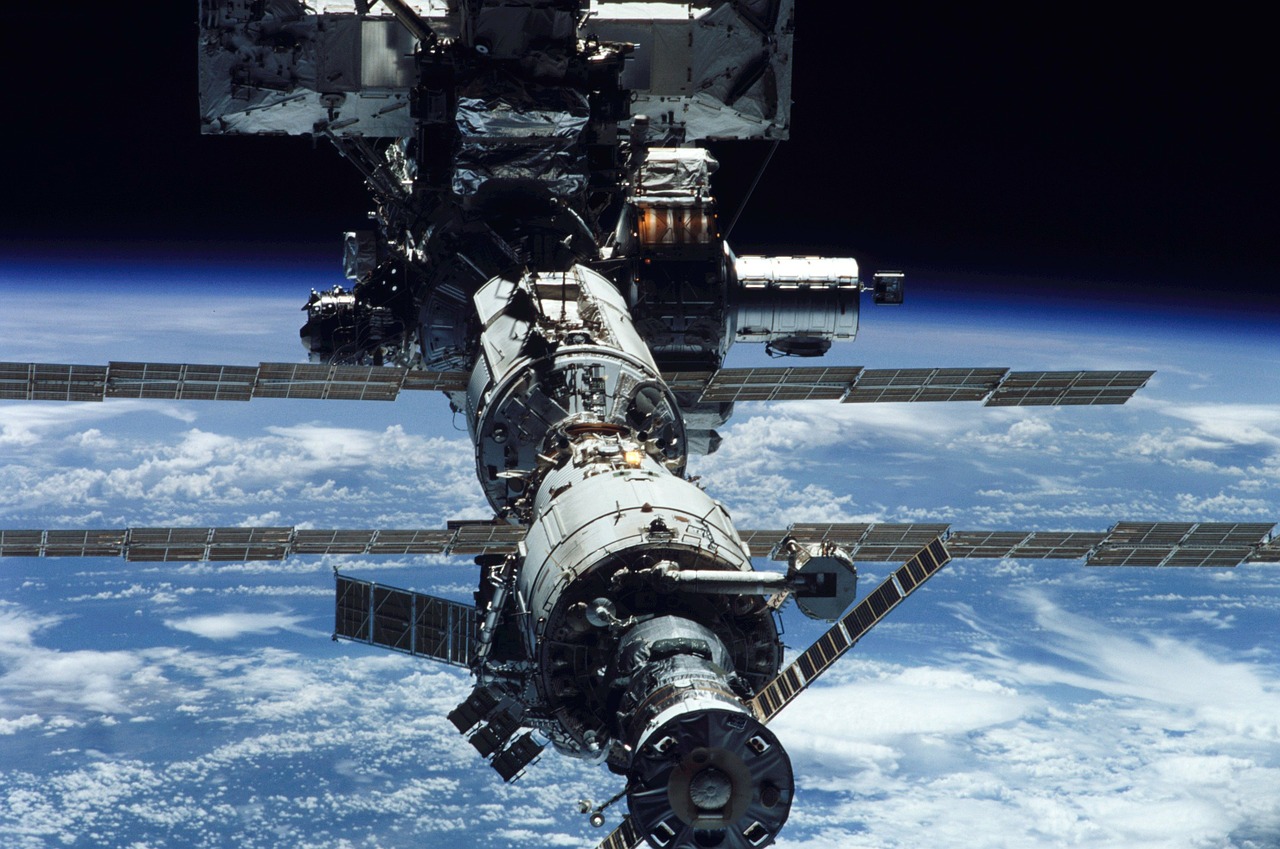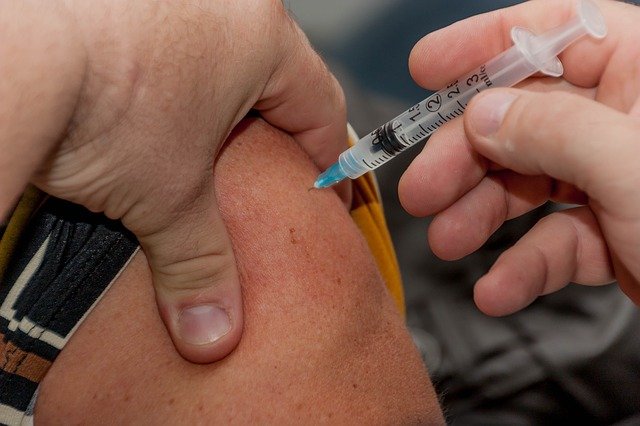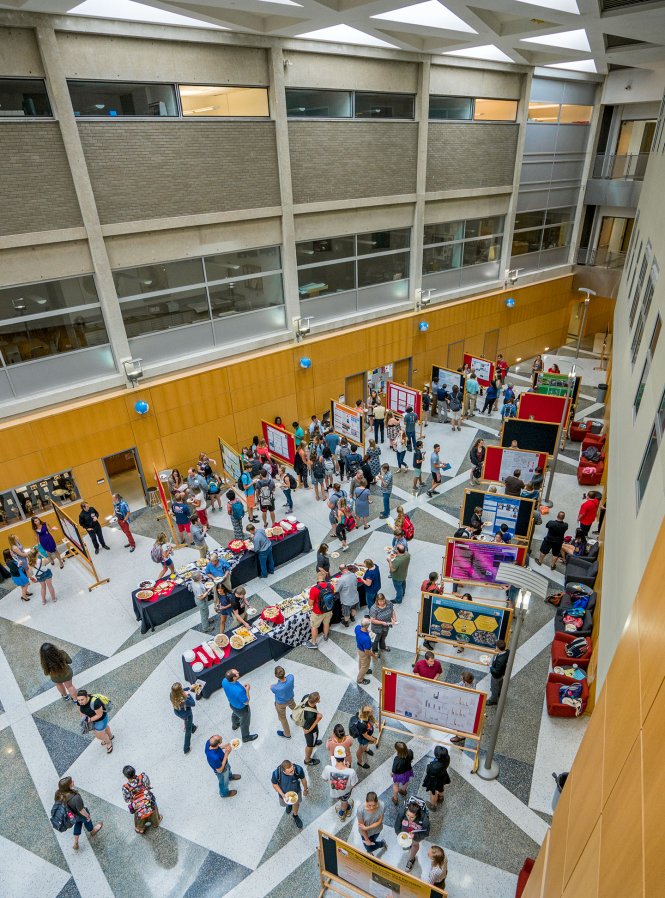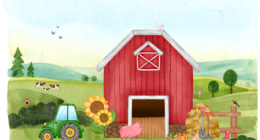Ohio Wesleyan University professor Chris Wolverton and the team working on his NASA-funded research have earned a NASA Ames Research Center Honor Award for their study of how plants grow in outer space.
Wolverton, Ph.D., an OWU professor of botany and microbiology, and the Plant Gravity Perception team are being honored for “exceptional performance in successful completion of a plant biology experiment on board the ISS (International Space Station) while working through major challenges during flight.” The award is being presented today, Nov. 8, at the NASA Ames Research Center at Moffett Field, California.
“Any research project on the ISS requires the coordination of many teams spread across different states and time zones,” said Wolverton, who also will present a seminar at NASA Ames when he accepts the award. “In our case, it also required several teams in Europe as well. Many months of work go into the planning and preparation phases, and sometimes even when things go to plan, it can be difficult to complete a successful experiment.[widgets_on_pages id=1]
“In the case of our experiment,” he continued, “we started to have problems with the equipment that we were using to grow our plants, which meant that many people around the world had to come together to problem-solve and troubleshoot, then to re-write procedures and plans on the fly, sometimes under very short time constraints.
“This award recognizes the incredible effort, skill, and judgment of the team that managed to eke out every bit of science possible under very unpredictable and difficult circumstances,” said Wolverton, who began working on the project in earnest in 2015 after receiving NASA funding. “We ended up with enough data to address almost all of our objectives from the flight phase of the project, which simply would never have been possible without this incredible team of people.”

pixaThe Plant Gravity Perception project was launched into space on Dec. 15, 2017, aboard the SpaceX Falcon 9 CRS-13 rocket. The research involved growing two types of common mustard plants aboard the International Space Station in varying conditions to determine how much gravity was needed for the plants to sense it and to respond with traditional downward root growth.
After the research was completed, the plants were frozen and returned to earth in May for additional study, which Wolverton is conducting with Sarah Wyatt, Ph.D., a professor of environmental and plant biology at Ohio University.
“We are continuing to analyze the results, but our early impression is that roots are even more sensitive to low levels of gravity than we thought,” Wolverton said. “In addition, we’re seeing interesting and exciting growth differences between the wild-type (normal) roots and the mutants.”
Next up for the team is for Wyatt’s lab at Ohio University to extract the RNA from the frozen seedlings and determine how fractional gravity influences patterns of gene expression across all parts of the plant.
“We’re really eager to get a handle on the gene expression data, which represents the first time for this kind of data to be available across such a broad range of fractional gravity treatments,” Wolverton said. “This has the potential to reveal new and exciting genes involved in gravity perception and growth control, both of which have applications not just in plant space biology, but in crop breeding here on our own planet.”
Marianne Steele, Ph.D., a project manager at the NASA Ames Research Center, has said the work of Wolverton and the Plant Gravity Perception team also could provide insights into how humans would respond to life in space.
“One of the things NASA wants to do is to go to the moon and Mars and beyond, Steele told the OWU Magazine. “When we do that we’re not going to have gravity, and one of the important questions from a science perspective, as well as an exploration perspective, is what happens … to human immunity, and muscle, and bone. … Plants are not human, and yet, they have a lot of similar molecular mechanisms going on.”
Wolverton joined the Ohio Wesleyan faculty in 2002. His research interests also include how plants integrate other signals such as light and touch, to influence their growth and development. His laboratory uses a combination of mutants, transgenic approaches, and reporter gene studies along with a custom hardware and software system that combines real-time image analysis with motor control to study sensory output and growth regulation.
Wolverton currently teaches courses in plant physiology, cell biology, genetics, and advanced molecular techniques. Learn more about him and Ohio Wesleyan’s Department of Botany and Microbiology at www.owu.edu/botany.









